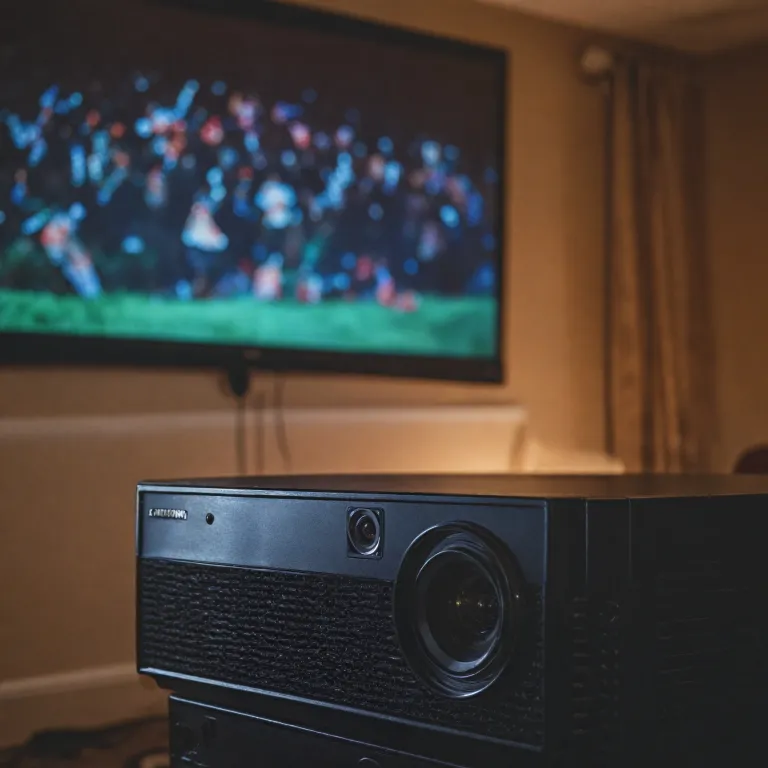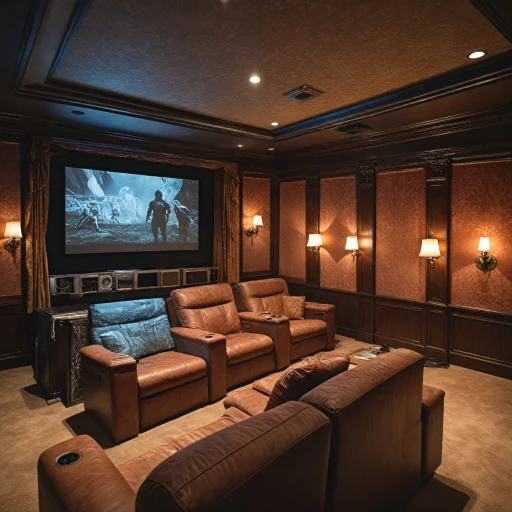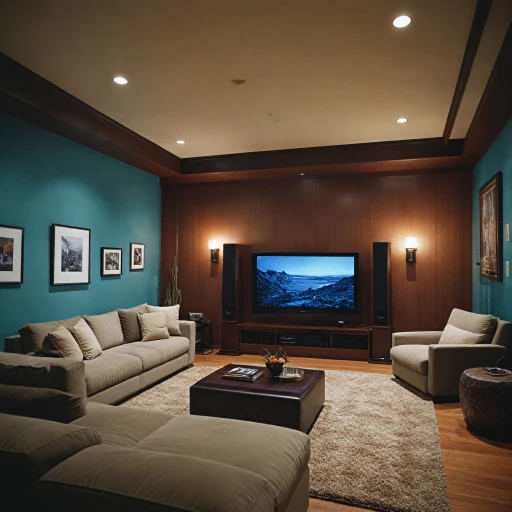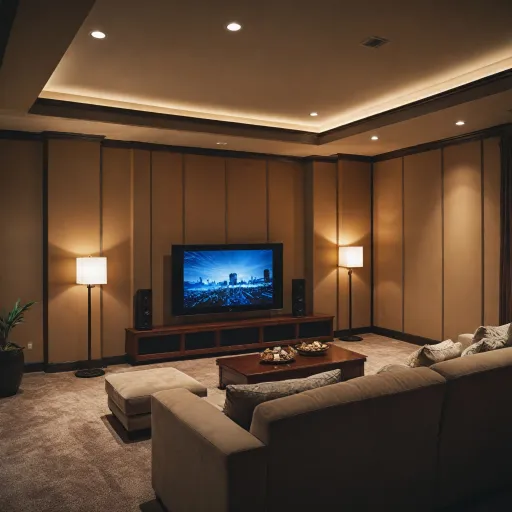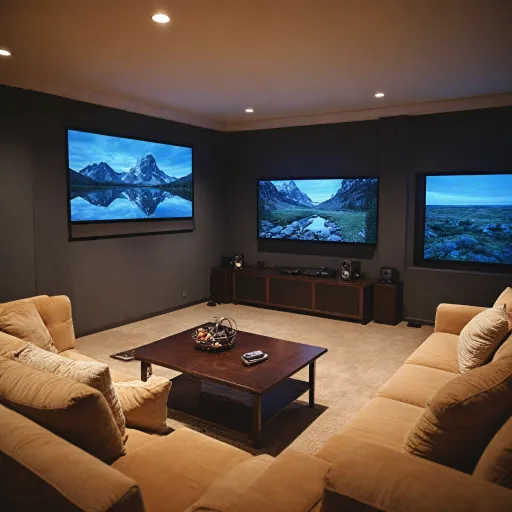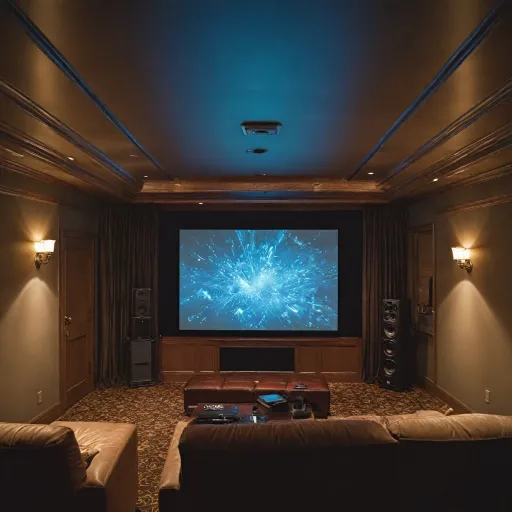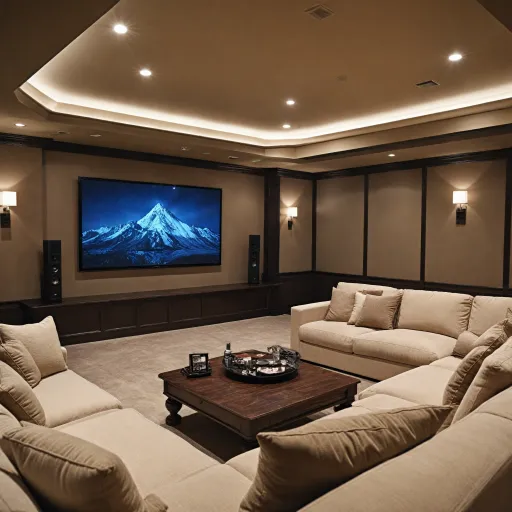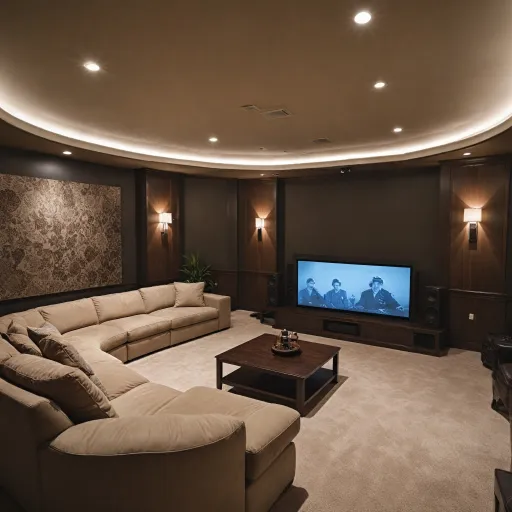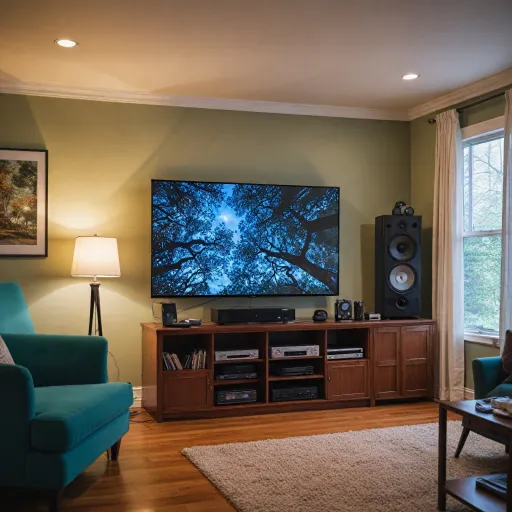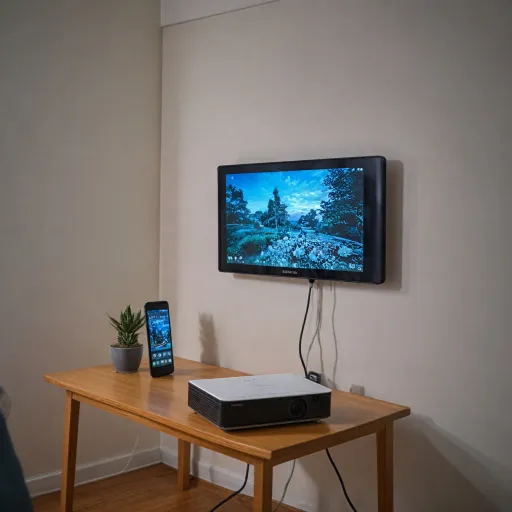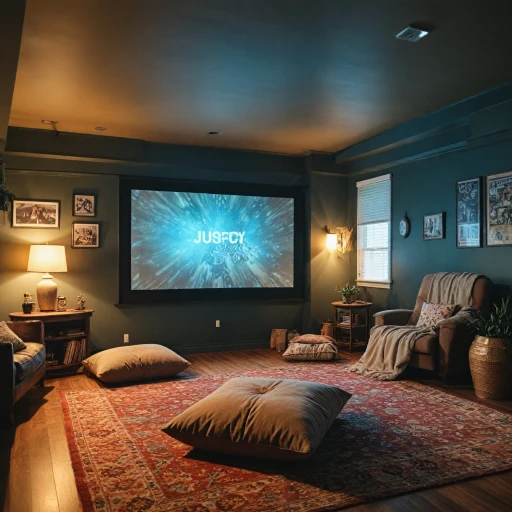
The Basics of Coaxial Audio Cables
Understanding Basic Characteristics
Coaxial audio cables are a staple in many home theater systems, providing reliable sound connections between devices. These cables are known for their ability to transmit high frequency digital audio signals with minimal loss. They typically feature a central conductor surrounded by insulation and a shield, which helps to prevent interference, ensuring a clear audio output.Key Features of Coaxial Audio Cables
One of the distinct features of coaxial cables is their impedance. Most digital coaxial cables have a characteristic impedance of around 75 ohms, making them well-suited for audio applications. Additionally, these cables often come with gold-plated connectors to enhance conductivity and reduce corrosion over time. Another important aspect of coaxial cables is their versatility. They can carry multi-channel audio, making them suitable for a variety of setups, from Blu-ray players to sound systems. For those considering upgrades or expansions to their system, it’s worthwhile to note that these cables are generally affordable, with prices varying based on material quality and construction.Choosing Between Coaxial and Other Options
While a coaxial audio cable offers numerous advantages, such as low-cost and durability, it’s essential to compare it with alternatives like optical cables to determine the best fit for your setup. Different cables have different transmission capabilities, and each type of audio cable, including the digital coaxial and the RCA, has its own merits and uses. For instance, when considering other audio options, think about how they will integrate with the rest of your equipment. For more in-depth insights, explore the understanding the role of a 35mm aux cable in home theater projectors, which further discusses connection preferences in home theaters.Why Coaxial Audio Cables Matter in Home Theater Systems
The Importance of Coaxial Audio Cables in Enhancing Theater Experience
In the realm of home theater systems, audio quality plays a pivotal role in creating a fully immersive experience. One significant component that contributes to high-quality sound output is the coaxial audio cable. This integral part of home theater setups helps transmit sound signals with minimal interference, ensuring that viewers enjoy crisp, clear audio.
Signal Integrity and Impedance
The design of coaxial cables is aimed at preserving signal integrity over long distances. They offer low loss due to their double-layered shielding which effectively minimizes noise and interference. This is essential for high frequency signals, making coaxial cables a reliable choice for transmitting digital audio signals. The 75-ohm impedance standard maintained by these cables ensures minimal reflection of signals, promoting better sound quality.
Voltage and Sound Quality
Another reason why coaxial audio cables matter is their ability to handle high voltage levels. This attribute supports strong audio outputs without compromising on quality. Whether you are using a blu ray player or an advanced audio receiver, a well-made audio coaxial cable will ensure minimal signal degradation.
Cost and Material Considerations
When considering the price and construction of these cables, it's vital to ensure they are made from high-quality materials like copper or are gold plated for optimal conductivity. Although the market, including choices on Amazon, offers a range of options at different price points, it is important to balance cost with the performance needs of your home theater system.
For those who are serious about audio fidelity in their home theater systems, investing in quality digital coaxial cables can significantly enhance the overall experience, delivering the sound as it was intended to be heard. Exploring different types of audio connections and understanding the nuances of cables like the coaxial RCA cable can further add to your audio setup's performance.
Comparing Coaxial Audio Cables with Other Audio Connection Options
Evaluating Audio Cable Options for Your Home Theater
When it comes to crafting an impressive audio experience in your home theater system, making the right choice of cables is crucial. Coaxial audio cables offer a unique set of benefits compared to other options like optical and RCA cables. Here's how they measure up in terms of performance and application:- Signal Transmission: Coaxial cables are renowned for their high frequency, low loss transmission. They deliver a robust and clear digital audio signal, helping you enjoy rich sound quality. While optical cables also provide digital audio transmission, they can experience limitations in terms of interference if not properly installed. In comparison, the standard RCA cables used for analog signal transmission may not match the precision of audio coaxial performance.
- Construction and Materials: Coaxial cables often use high-quality materials such as double shielding and gold plated connectors to ensure effective signal transfer and to minimize interference. This contrasts with less insulated standard RCA cables, which might not offer the same level of durability or signal clarity. Optical cables, being light-based, don't require as much shielding but can be more fragile.
- Versatility and Application: A coaxial digital audio cable can connect easily to a variety of devices, from Blu-ray players to projectors, making them an optimal choice for versatile setups. While optical cables can also serve similar purposes, their connection methods might not always be compatible with every device port.
- Price Considerations: Typically available at a price that aligns with budget-conscious home theater setups, you can find a range of coaxial cables on retailers like Amazon. In contrast, optical cables, depending on their construction quality, might push your budget a bit further.
Choosing the Right Coaxial Audio Cable for Your Projector
Selecting the Ideal Coaxial Cable for Your Home Theater Projector
When setting up a home theater system, choosing the right coaxial audio cables is crucial for ensuring that high-quality sound is transmitted effectively from the blu-ray player or other digital sources to your projector. Here are some factors to consider when selecting the best coaxial cables for your setup: Quality of Material- Opt for cables with good materials that support low loss and minimal interference.
- Higher quality cables often feature shielding to reduce signal interference, ensuring clear audio output.
- Look for gold-plated connectors, which can enhance signal transmission and prevent corrosion over time.
- The length of your coaxial digital cable should suit your home theater layout without being excessively long. Longer cables can lead to higher signal loss.
- Carefully measure the distance between your audio output sources and your projector to select the right length.
- While it might be tempting to choose the cheapest option, investing in higher quality cables can improve the sound performance in your home theater system.
- Check platforms like Amazon for customer reviews and compare prices to find a balance between cost and performance.
- Coaxial RCA connectors are standard for most audio coaxial cables, ensuring a secure fit in most home theater setups.
- Double-check your audio output ports to confirm compatibility before purchasing.
- Consider the impedance of the coaxial cables, which should match the requirement of your home theater equipment.
- High frequency support is essential for transmitting digital coaxial signals without degradation.
Installation Tips for Coaxial Audio Cables in Home Theaters
Setting Up Your Coaxial for Optimal Sound
Once you've selected the right coaxial audio cable for your home theater projection setup, it's time to ensure it's installed properly to maximize performance. Here are some key tips to consider during installation:
- Use High-Quality Materials: Selecting a cable with high-grade materials, such as gold-plated connectors, can significantly enhance signal transmission efficiency and reduce signal loss, particularly in coaxial digital systems.
- Pay Attention to Impedance Matching: Coaxial cables typically have an impedance of 75 ohms. Ensuring that your cable matches this standard for your projector's audio output and input ports will help maintain sound integrity and reduce interference.
- Employ the Correct Length: Opt for a cable length that fits your setup without stretching or leaving excessive slack. Excessively long cables can introduce unwanted resistance and compromise sound quality.
- Adopt Secure Connections: Make sure that each cable connection is secure, as loose connections can introduce noise into the audio signal or, in severe cases, result in a complete loss of sound.
- Minimize Interference: Keep the coaxial audio cable away from power cables and other potential sources of electromagnetic interference to maintain a clean, uninterrupted sound signal.
- Consider Double Shielded Designs: For areas prone to high frequency interference, consider a cable with double shielding for added protection against signal degradation.
For those using RCA cables, it's crucial to ensure a tight fit at both the input and output ends of your Blu-ray player or AV receiver to prevent connection issues. By following these steps and addressing potential points of signal loss, you'll be able to enjoy the full benefits of a low loss transmission in your home theater setup.
Troubleshooting Common Issues with Coaxial Audio Cables
Troubleshooting the Audio Performance of Coaxial Cables
Experiencing issues with your audio output despite using a digital coaxial connection? It’s not uncommon. Both beginners and seasoned audio enthusiasts encounter hiccups with coaxial audio cables, but fear not. There are practical tips to help you restore high-quality sound transmission. Let's dive into some common problems and solutions:
- Signal Interference: One of the most prevalent issues is signal degradation due to interference. To mitigate this, ensure your cable is well-shielded; cables with double shielding offer better protection against electromagnetic interference, allowing for clearer digital audio output.
- Physical Damage: Regularly inspect your coaxial cable for any visible wear and tear. Even minor damage to the cable or connectors can disrupt the signal. Opt for cables with robust materials, and consider investing in gold-plated connectors for improved durability and signal integrity.
- Impedance Mismatch: A mismatch in impedance between your coaxial cable and the connected devices can affect audio performance. Stick to standard impedance levels; for digital coaxial cables, 75 ohms is the norm.
- Poor Connections: Ensure snug and secure connections at both ends of the cable. Any looseness can result in poor audio transmission. If using an RCA connection, check that the connectors are not corroded.
- Incompatibility with Equipment: Double-check that your devices support coaxial digital inputs and outputs. If your audio setup includes legacy equipment, consider adding adapters as needed. Always reference your device's specifications to confirm compatibility.
The above troubleshooting tips highlight why understanding the functionality and the material quality of your cable is crucial in maintaining high audio quality. If persistent problems arise beyond these common issues, consulting a specialist may be advisable to further diagnose your audio equipment setup.
